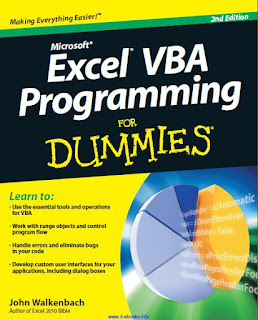
You’re probably already familiar with the VBA MsgBox function — I use it quite a bit in the examples throughout this book.
The MsgBox function, which accepts the arguments shown in Table 15-1, is handy for displaying information and getting simple user input. It’s able to get user input because it’s a function.
A function, as you recall, returns a value. In the case of the Msgbox function, it uses a dialog box to get the value that it returns. Keep reading to see exactly how it works.
Here’s a simplified version of the syntax for the MsgBox function:
MsgBox(prompt[, buttons][, title])
- To simply show a message to the user. In this case, you don’t care about the result returned by the function.
- To get a response from the user. In this case, you do care about the result returned by the function. The result depends on the button that the user clicks.
If you use the MsgBox function by itself, don’t include parentheses around the arguments. The following example simply displays a message and does not return a result. When the message is displayed, the code stops until the user clicks OK.
Sub MsgBoxDemo()
MsgBox “Click OK to begin printing.”
Sheets(“Results”).PrintOut
End Sub
Figure 15-1 shows how this message box looks.
You can also use the MsgBox function result without using a variable, as the following example demonstrates:
Sub GetAnswer2()
If MsgBox(“Continue?”, vbYesNo) = vbYes Then
‘ ...[code if Yes is clicked]...
Else
‘ ...[code if Yes is not clicked]...
End If
End Sub


Tidak ada komentar:
Posting Komentar
Catatan: Hanya anggota dari blog ini yang dapat mengirim komentar.